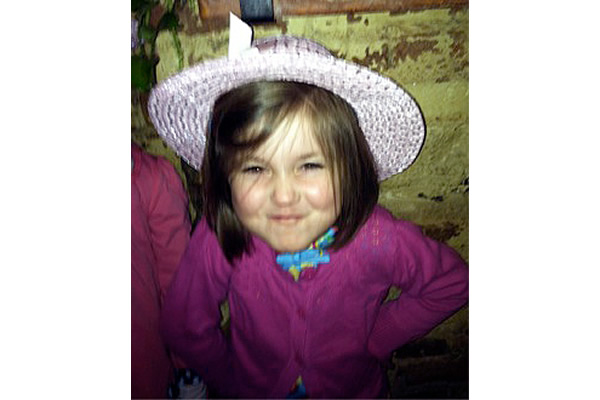
Before I could read, I looked at picture books of places from around the world. While I was growing up in rural Vermont, books make the world feel just a little bigger than Mad River Glen and Warren School. My perception of the world was based on these illustrations that fascinated me. To me, China was exactly like the China Fun restaurant in Waitsfield and everyone in Russia wore fur hats and coats all year round. Africa consisted of mud huts, topless woman with huge gages in their ear lobes and baskets on their heads. However, after having the privilege of traveling to Rwanda with Harwood Union High School, I saw that our world is not so different from theirs.
Chimamanda Ngozi Adichie, a Nigerian novelist and a role model to so many young girls, recognizes in her TedTalk how “impressionable and vulnerable we are in the face of a story, particularly as children.” The amazing part about that is how books have the power to open up new worlds so easily to children. The dangerous part is how the effect of a single story can shut the rest of the world out. Those western illustrations from picture books were my single story of Africa.
Recently, I traveled to Morocco with family friends for a week. Having been fortunate enough to have traveled as much as I have, and to be able to continue my education at The George Washington University in Washington, D.C., I truly thought of myself as a young independent woman whose mind is so open that I will never be one to conform to the social judgments our country has made on those that are different. But I’m not sure if we realize how much we are influenced by what’s around us.

My optimism fooled me and I was mistaken when we arrived in the heat of Marrakesh, Morocco. We were given a walking tour of the red city by a man who has lived in Marrakesh his whole life. As we were saying goodbye and thanking him his tone changed and he said to us, “I want you to know that we are peaceful, you are safe here and you should never feel threatened. We know what is said about us in your country and I want you to know that that is not true. I want you to tell your friends that we are peaceful.” His request struck me with shame and guilt. Through our walk, I realized that I was wary when we walked past groups of men, I felt sympathy for the women in burkas and concerned for the children playing in the street. It wasn’t that they seemed to be unhappy, they spoke with enthusiasm to one another and ran with smiles on their faces. But after only hearing of the horrific treatment of woman and the uneducated youth, I went into this trip with those emotions already established.
I was questioning why these reactions to a Muslim culture were so immediate. I had just finished two eye-opening semesters from a liberal arts college where we heavily discussed this global perception of the Muslim world and why it is so wrong. At the end of my first year, I felt that I had grown in regards to my perception of religion. But in truth, this was the only point in my life in which Muslim countries were spoken highly of. Unfortunately, I hear more negative thoughts about the Middle East than positive. In fact, that’s practically all I hear when my parents turn on NPR in the morning, or when I’m flipping through the news channels.

This “single story” that Adichie recalls doesn’t just refer to one story. It can be the same story told over and over again, which is ultimately worse. Even if something is untrue, if we hear it enough we start to mistake it for the truth. The relationship that I had with picture books became a false representation of Africa. Our media’s relationship with immigrants, minorities and the foreign world has given them a false representation that elicits a reaction of fear and wariness when we are exposed to it.
Perhaps if I had grown up with a diverse representation of Africa I wouldn’t have thought of Africa as one thing. And perhaps if we as citizens were exposed to diverse opinions and not just the horrific news that plays on our radios and TV’s we wouldn’t react in fear when exposed to a culture that is different. In my three weeks at CLiF, I recognize the diligent effort they put into making sure the books that are distributed to schools all around Vermont and New Hampshire are diverse and unique from one another.
Exposing ourselves to diverse stories is a way to prohibit the “single story” as a threat. We must continue to expose ourselves to things and ideas that put us out of our comfort zone, so when we are exposed to it, it won’t result in disrespectful judgments due to our lack of bravery. The single story is going to exist, but in order to limit the stereotype it creates, we must acknowledge the other stories out there for the sake of maintaining open minds that don’t permit judgments of other cultures, regardless of how far we think we’ve come.
Izzy Moffroid is CLiF’s Summer Intern. She studies speech pathology at George Washington University.
Photos by Izzy Moffroid.




Brava Izzy! You make uncles/aunts proud of your ideas and ability to write them.